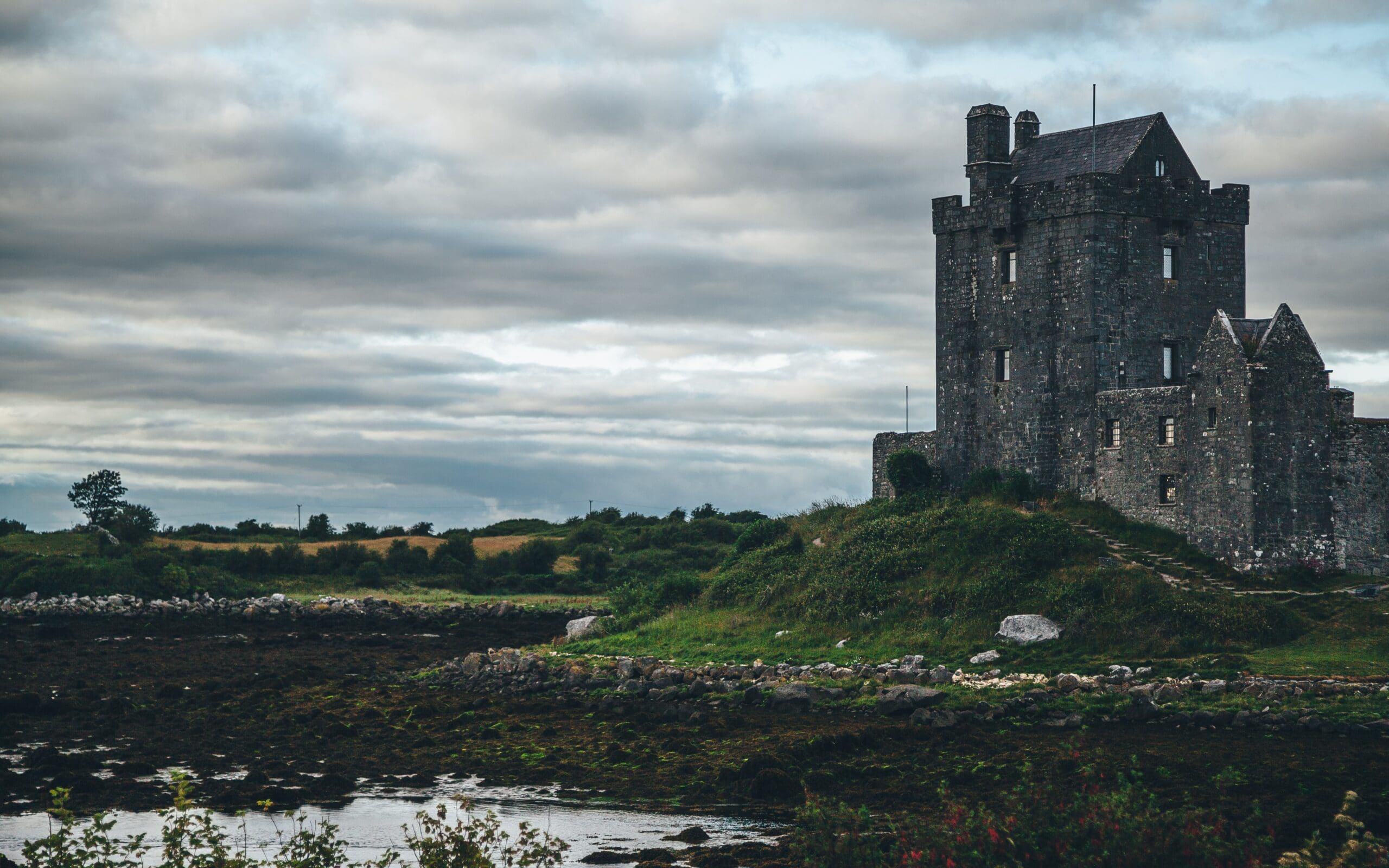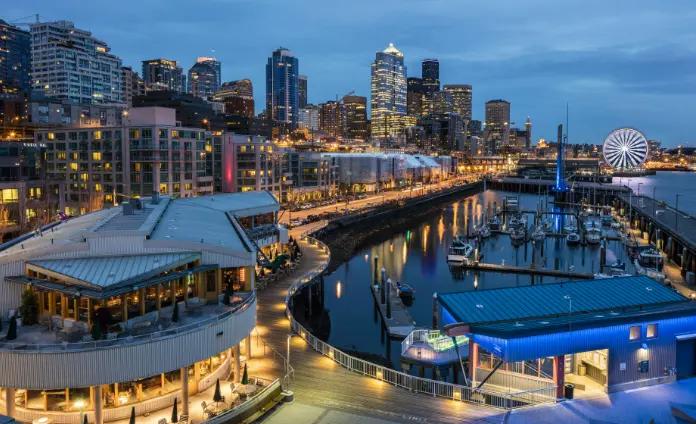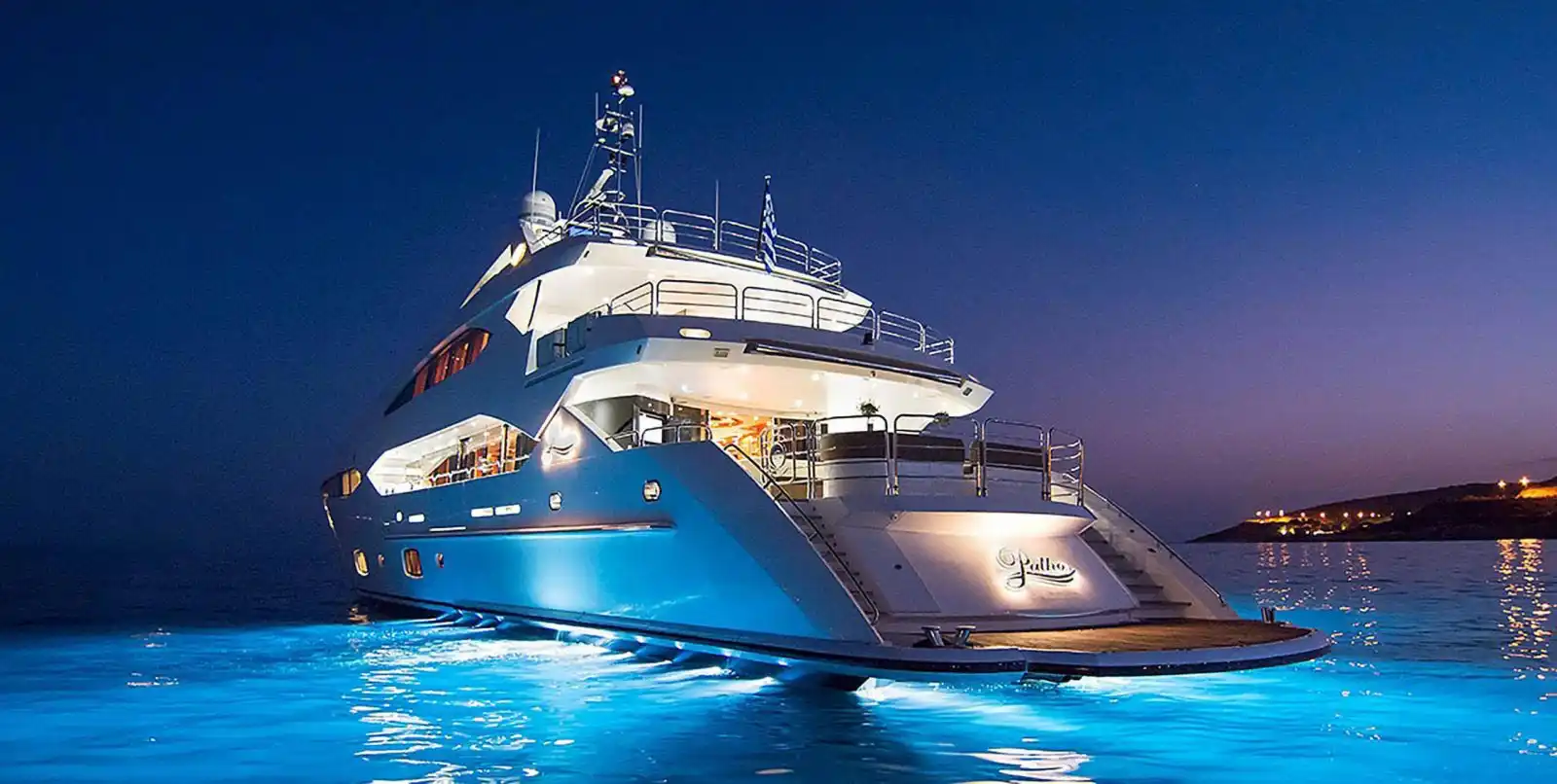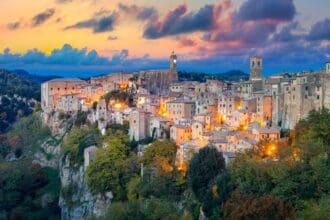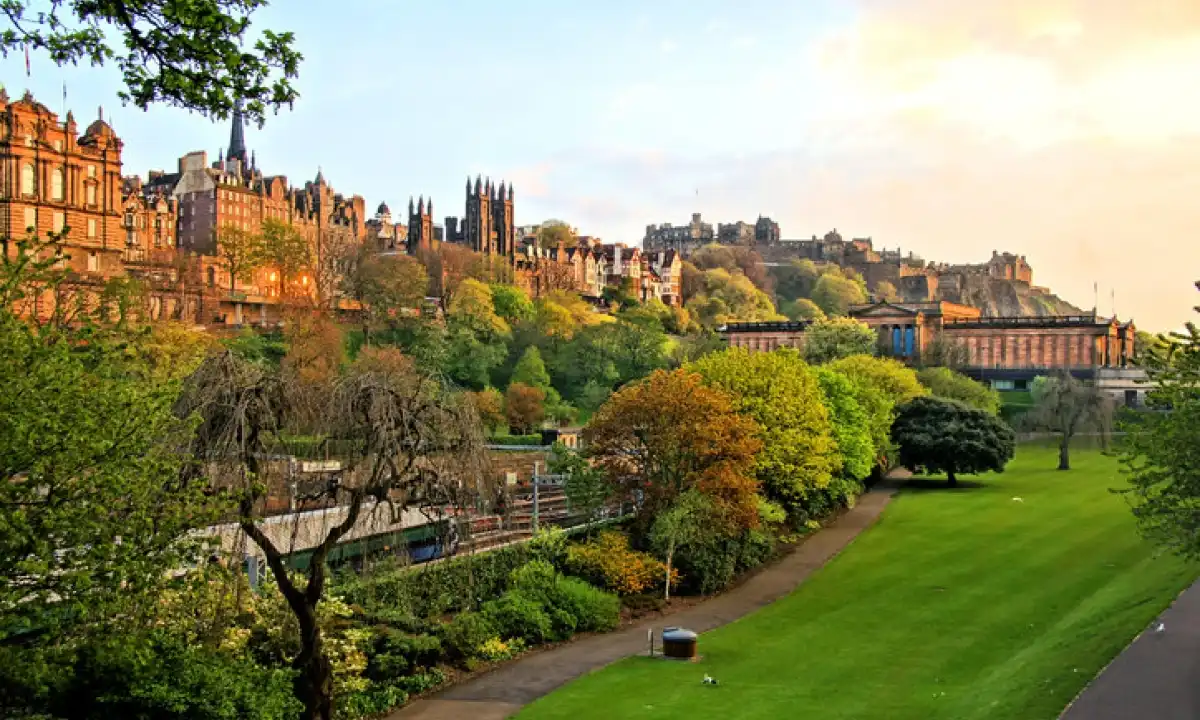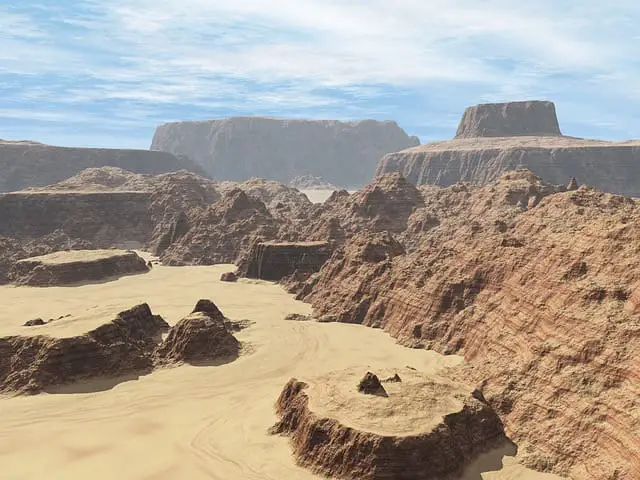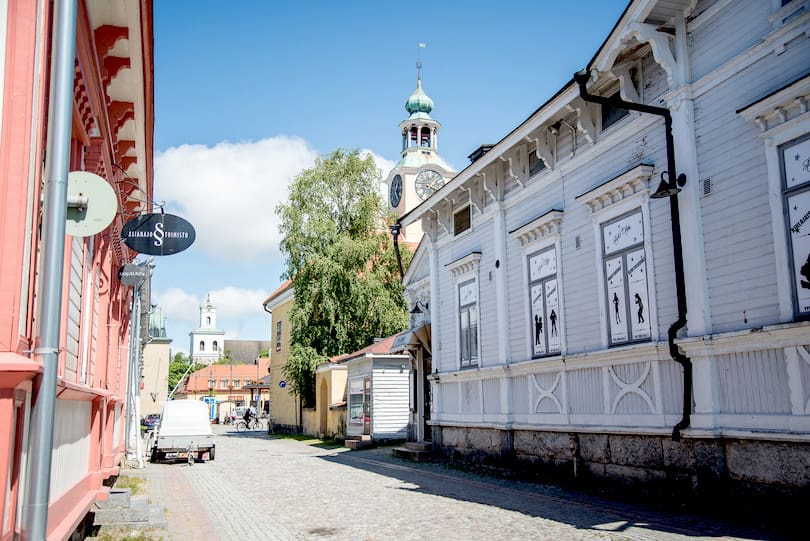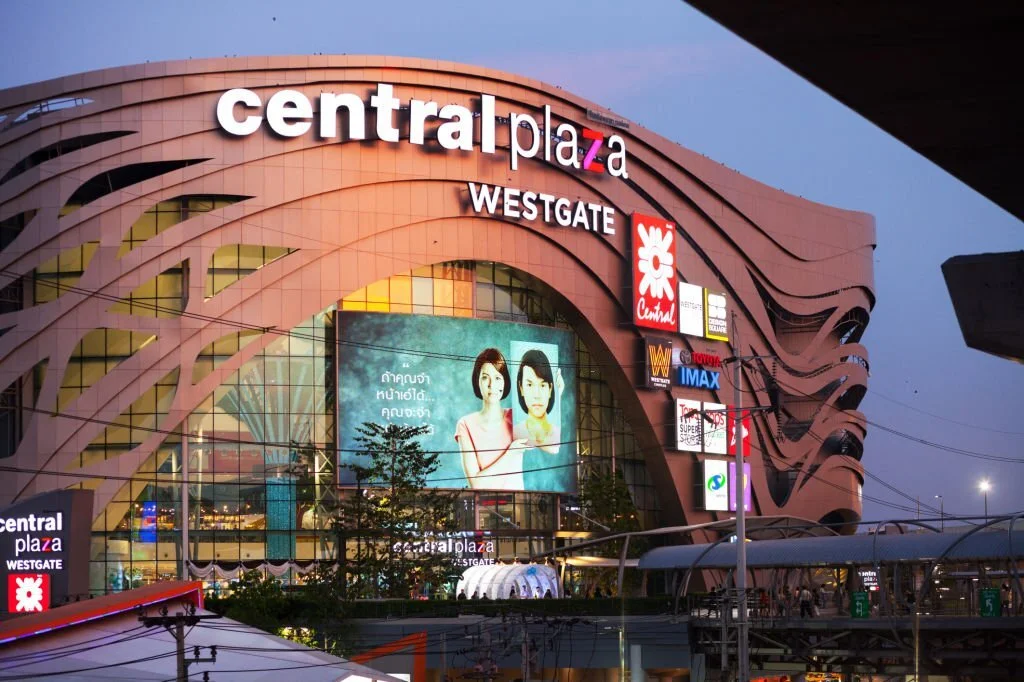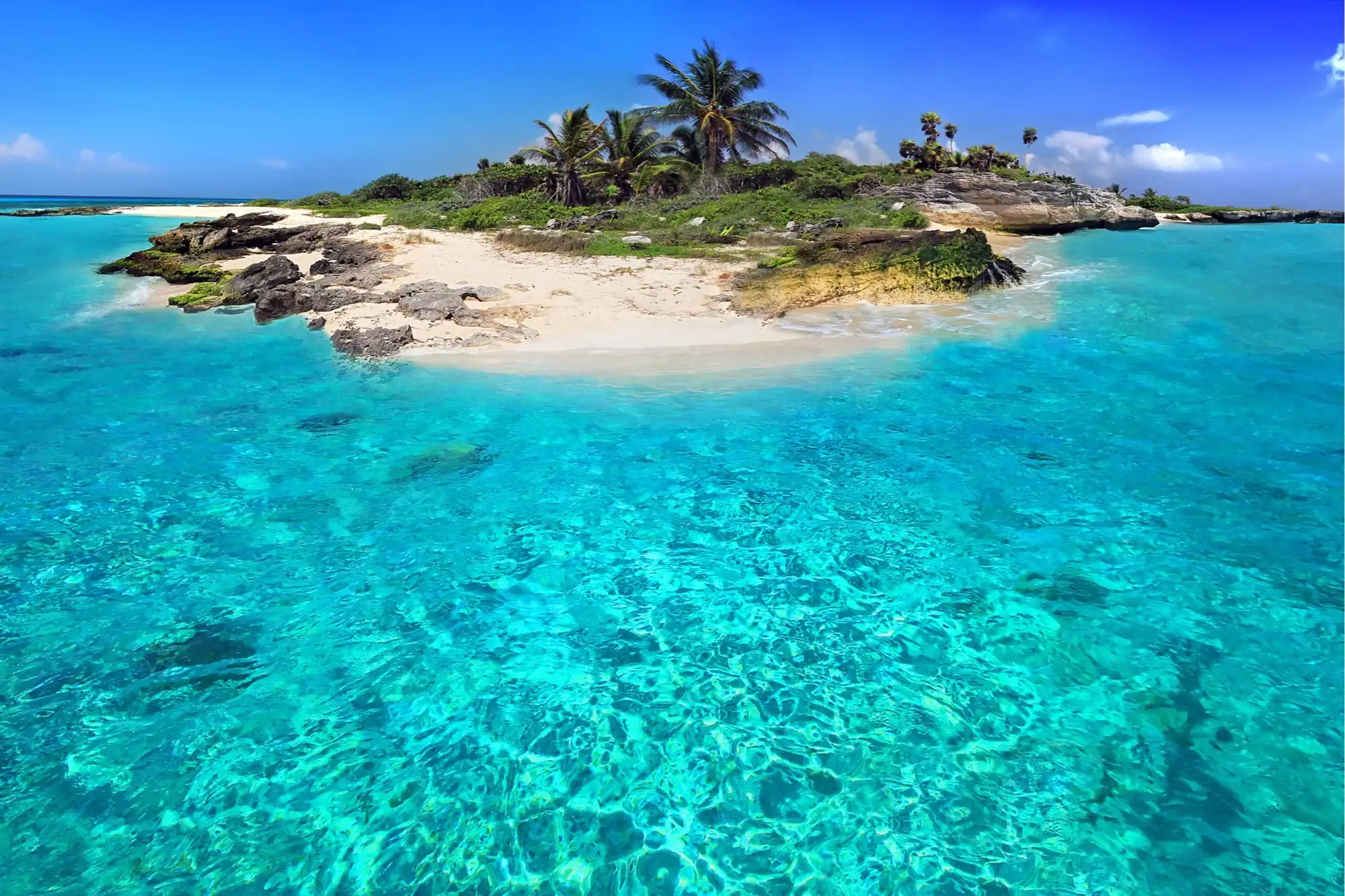The Northern Lights, or Aurora Borealis, are one of nature’s most captivating spectacles. These lights, caused by solar winds colliding with the Earth’s magnetic field, create a dazzling display of greens, purples, and reds in the sky. While the Northern Lights are most commonly associated with places like Iceland, Norway, and Canada, the United States also offers several excellent locations for witnessing this incredible phenomenon. Whether you’re a seasoned aurora hunter or a first-timer hoping to check this off your bucket list, here are the best places in the U.S. where you can view the Northern Lights.
1. Idaho

Idaho is a hidden gem for Northern Lights viewing, offering vast wilderness areas with very little light pollution. The Sawtooth National Recreation Area and the city of Stanley are among the top spots in the state. Stanley, in particular, is situated in a prime location that allows you to experience the Aurora in its full glory. Being far away from city lights, the dark skies around Stanley provide the perfect conditions for a vibrant Northern Lights show. If you’re traveling to Idaho, make sure to visit between September and April, the best months to witness the Aurora, especially when solar activity is high.
Best Viewing Locations:
- Sawtooth Wilderness Area: Remote and dark, making it an excellent choice for aurora viewing.
- Stanley, Idaho: A small town with minimal light pollution, ideal for Northern Lights sightings.
2. Washington

Washington state, particularly its northern regions, offers a fantastic opportunity to see the Northern Lights, though it requires some planning. Due to the state’s proximity to the Canadian border, aurora sightings in areas like Bellingham, the San Juan Islands, and Olympic National Park are possible during high solar activity. These areas provide dark skies with few distractions from city lights, making them ideal for a clear view of the lights. For the best chance to witness the Aurora, head to these locations during the winter months, when the skies are clearest.
Best Viewing Locations:
- San Juan Islands: Known for its clear skies and minimal light pollution.
- Bellingham and Olympic National Park: Northern regions close to the Canadian border, perfect for aurora sightings.
3. North Dakota

North Dakota is one of the best states in the U.S. to see the Northern Lights. Due to its wide-open spaces and remote rural locations, the state has some of the darkest skies in the country, making it an ideal place to experience the Aurora Borealis. Areas like the International Peace Garden, which is situated on the Canadian border, offer unobstructed views of the sky and plenty of dark spots for aurora viewing. Similarly, Theodore Roosevelt National Park, located in the western part of the state, offers excellent aurora viewing conditions during winter months.
Best Viewing Locations:
- International Peace Garden: A remote location on the border, providing optimal viewing of the aurora.
- Theodore Roosevelt National Park: Located in the western part of North Dakota, this national park is an excellent destination for aurora hunters.
4. Maine

Maine’s northernmost regions provide fantastic opportunities to see the Northern Lights, particularly during periods of high solar activity. Acadia National Park, a popular tourist destination, and towns like Fort Kent and St. John Valley offer excellent locations for witnessing the Aurora. The lack of light pollution in these remote areas, combined with Maine’s clear, dark skies, make it an ideal destination for aurora enthusiasts. The best time to visit Maine for Northern Lights viewing is typically from late September to early April.
Best Viewing Locations:
- Acadia National Park: Known for its beautiful landscapes and excellent aurora visibility.
- Fort Kent & St. John Valley: Remote towns with minimal light pollution, great for aurora watching.
5. Michigan

Michigan, particularly the Upper Peninsula (UP), is another prime location for Northern Lights sightings. The Upper Peninsula, with its dark skies and remote wilderness areas, provides some of the best conditions for aurora viewing in the Midwest. The Keweenaw Peninsula and areas around Lake Superior are known to have frequent Northern Lights displays, especially during the winter months. The best time to visit Michigan for Northern Lights is during the winter, particularly in February and March when solar activity is often at its peak.
Best Viewing Locations:
- Keweenaw Peninsula: A remote area with clear, dark skies ideal for aurora sightings.
- Lake Superior: The lake’s remote areas provide excellent opportunities to witness the Northern Lights.
6. Montana

Montana offers some of the most remote and picturesque locations in the U.S. for seeing the Northern Lights. The state’s expansive wilderness areas, such as Glacier National Park and the Brooks Range, provide clear, dark skies ideal for aurora viewing. The state’s low light pollution, especially in rural areas, makes it a perfect destination for those looking to experience the Northern Lights. Winter is the best season for viewing, as the long, clear nights increase your chances of seeing the aurora.
Best Viewing Locations:
- Glacier National Park: A vast wilderness area that provides great Northern Lights viewing opportunities.
- Brooks Range: Remote, dark skies ideal for aurora viewing.
7. Minnesota

Minnesota’s wilderness areas, particularly those near the Canadian border, offer excellent opportunities to witness the Northern Lights. Voyageurs National Park and the Boundary Waters Canoe Area Wilderness are two of the best spots for aurora sightings in Minnesota. The state’s long winters and dark skies make it a prime location for aurora viewing. The best time to visit is during the winter months, especially in January and February, when solar activity is often heightened.
Best Viewing Locations:
- Voyageurs National Park: Known for its clear, dark skies and excellent Northern Lights visibility.
- Boundary Waters Canoe Area Wilderness: A remote area offering great opportunities to see the Aurora.
8. Alaska

Alaska is by far the best place in the U.S. to see the Northern Lights. In fact, Alaska is one of the world’s top destinations for aurora viewing, thanks to its high latitude and clear, dark skies. Fairbanks, located in central Alaska, is considered one of the best places in the world to witness the Northern Lights, with optimal viewing conditions from late August to April. Denali National Park and the Brooks Range are also excellent locations to see the Aurora. Fairbanks’ location under the Auroral Oval means that the lights are visible more often, providing a higher chance of witnessing the spectacle.
Best Viewing Locations:
- Fairbanks: Consistently one of the top destinations for aurora viewing in the world.
- Denali National Park and Brooks Range: Remote areas with minimal light pollution, perfect for seeing the Northern Lights.
9. New Hampshire

While not typically known for Northern Lights sightings, New Hampshire’s rural regions offer excellent opportunities for aurora viewing, especially during high solar activity. The White Mountains and the northern parts of the state like Colebrook and Pittsburg provide some of the best conditions for viewing the Aurora in New England. The lack of light pollution and the state’s beautiful landscapes make it a great place for aurora enthusiasts.
Best Viewing Locations:
- White Mountains: Offers excellent dark skies and views of the aurora.
- Colebrook & Pittsburg: Northern towns in New Hampshire with minimal light pollution.
Final Thoughts
The Northern Lights are an awe-inspiring natural phenomenon that can be seen in various parts of the United States, especially in northern regions and areas with minimal light pollution. Whether you’re visiting Alaska, Michigan, or North Dakota, the experience of watching the Aurora Borealis dance across the sky is truly unforgettable. To increase your chances of seeing the lights, plan your trip during the winter months, check solar activity forecasts, and head to remote areas with dark, clear skies. The Northern Lights are waiting to be seen, and these U.S. destinations offer some of the best opportunities to witness this celestial marvel.
FAQs
- Where is the best place in the U.S. to see the Northern Lights?
- Alaska is considered the top destination for Northern Lights viewing in the U.S., particularly Fairbanks, due to its location under the Auroral Oval.
- What is the best time of year to see the Northern Lights in the U.S.?
- The best time to see the Northern Lights in the U.S. is during the winter months, from late September to April, with peak visibility in January and February.
- Can I see the Northern Lights in Michigan?
- Yes, Michigan, especially the Upper Peninsula and areas around Lake Superior, offers excellent opportunities for seeing the Northern Lights.
- How far north do you have to go to see the Northern Lights in the U.S.?
- The best locations for Northern Lights sightings are in northern states like Alaska, North Dakota, Minnesota, and parts of Michigan, Maine, and Washington.
- What weather conditions are best for seeing the Northern Lights?
- Clear, dark skies with minimal light pollution are essential for optimal Northern Lights viewing. Cold, crisp winter nights provide the best conditions.
- Can the Northern Lights be seen in New Hampshire?
- Yes, northern regions of New Hampshire, like the White Mountains, offer good opportunities to see the Northern Lights during high solar activity.
- Are there any specific solar activity forecasts for Northern Lights sightings?
- Yes, solar activity plays a major role in aurora visibility. Monitoring solar flare and geomagnetic storm forecasts can help predict Northern Lights displays.
- Is it necessary to go to a remote area to see the Northern Lights?
- Yes, remote areas with little light pollution, such as national parks or rural towns, are the best places for observing the Northern Lights.


